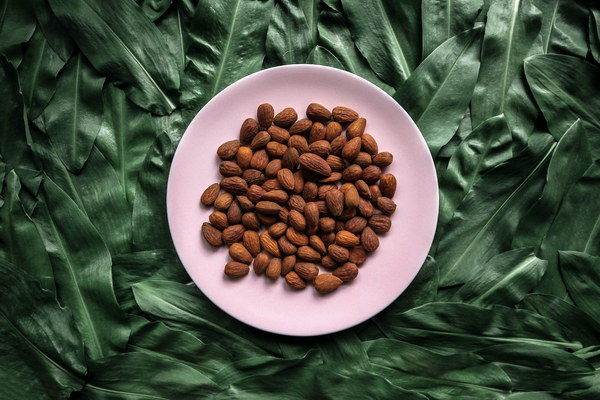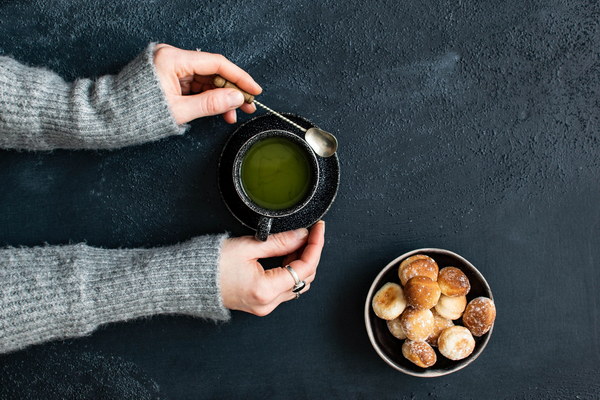The Truth Behind Traditional Chinese Medicine Can It Really Nourish Your Body
Traditional Chinese Medicine (TCM) has been practiced for thousands of years, and it continues to be a popular choice for many people seeking alternative treatments. TCM is based on the belief that the body is an interconnected system where energy (Qi) flows through meridians, and when this flow is blocked or unbalanced, illness occurs. Proponents of TCM claim that herbs, acupuncture, and other practices can help nourish and balance the body, leading to improved health and well-being. But can TCM really live up to these claims? Let's delve into the truth behind TCM and its ability to nourish the body.
Firstly, it's essential to recognize that TCM is not a one-size-fits-all approach. TCM practitioners take into account an individual's unique constitution, including their physical, mental, and emotional states, as well as their environment and lifestyle. This personalized approach allows for a more targeted treatment plan, which may include herbal remedies, acupuncture, cupping, moxibustion, and other practices.

One of the main reasons why people turn to TCM is its use of natural herbs. These herbs have been used for centuries in various forms, such as teas, powders, and tinctures. Many of these herbs have been shown to have medicinal properties and can help with various health issues. For example, ginseng is believed to boost energy and vitality, while ginger is known for its anti-inflammatory effects.
Herbal remedies in TCM are often prescribed in combination, with each herb working synergistically to address the root cause of the illness. This approach is different from modern Western medicine, which typically focuses on treating symptoms with isolated drugs. While the effectiveness of herbal remedies can vary, some scientific studies have supported the use of certain TCM herbs for various conditions.
Acupuncture, another key component of TCM, involves inserting fine needles into specific points on the body. Proponents believe that acupuncture can unblock the flow of Qi, thus restoring balance and promoting healing. Although the exact mechanism of acupuncture is not fully understood, numerous studies have shown that it can be effective for pain relief, nausea, and other conditions.
Cupping, another TCM practice, involves placing cups on the skin to create suction. This is believed to improve circulation, relieve muscle tension, and promote healing. While cupping may cause temporary bruising, it is generally considered safe and has been used for centuries without significant side effects.
However, it's essential to approach TCM with a critical eye. While many TCM practices have been shown to be effective, others lack scientific evidence to support their claims. Some TCM remedies have also been associated with adverse reactions and interactions with conventional medications. It's crucial to consult with a qualified TCM practitioner or healthcare professional before starting any TCM treatment.
Furthermore, TCM is not a substitute for conventional medical treatment. If you are experiencing a serious health issue, it's important to seek medical attention from a qualified healthcare provider. TCM can be used as a complementary therapy to support conventional treatment, but it should not replace it.
In conclusion, TCM does have the potential to nourish and balance the body, but its effectiveness varies depending on the individual and the specific treatment. While many TCM practices have been shown to be effective for various conditions, it's essential to approach TCM with a critical eye and consult with a qualified practitioner or healthcare professional. By doing so, you can harness the benefits of TCM while minimizing potential risks.









